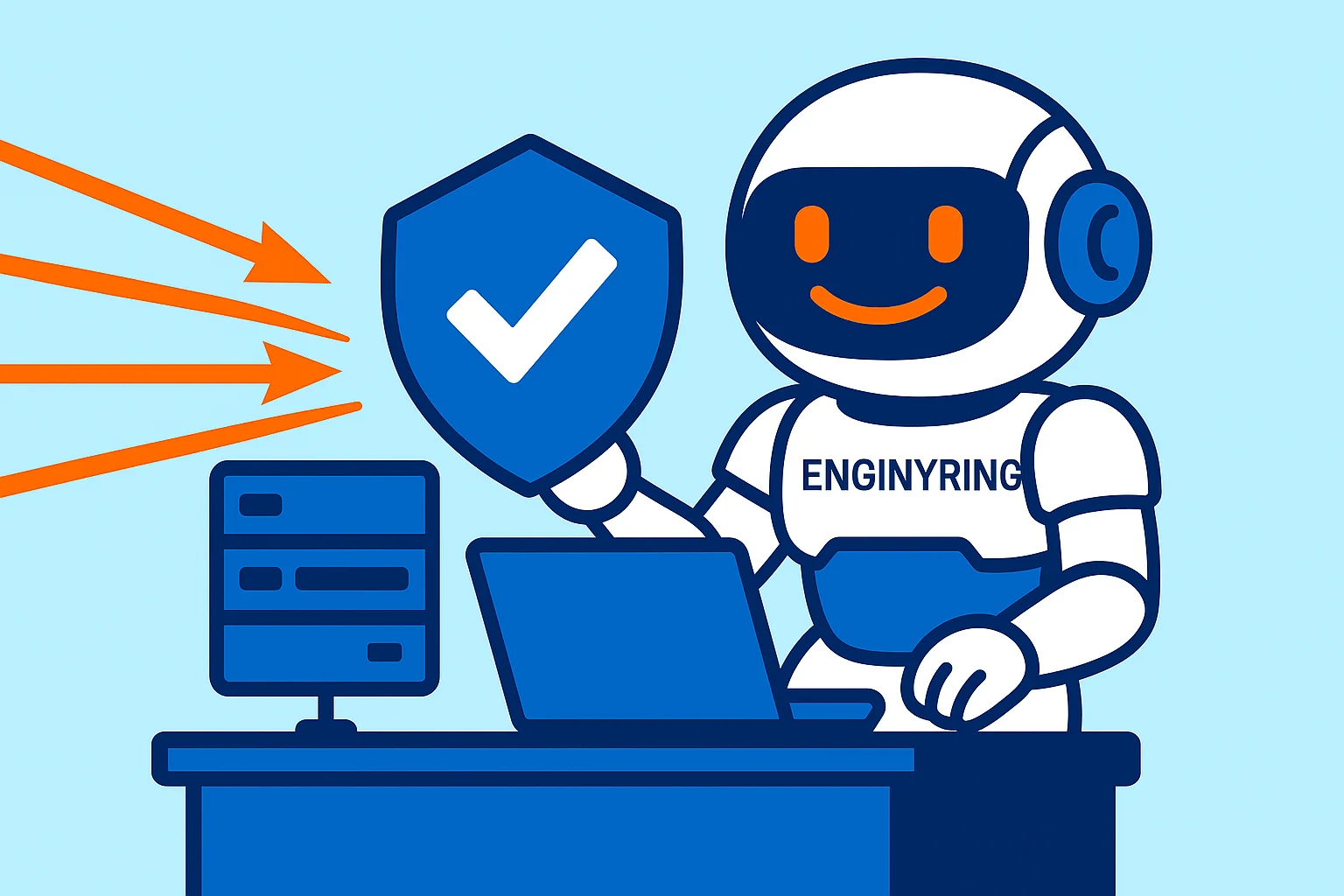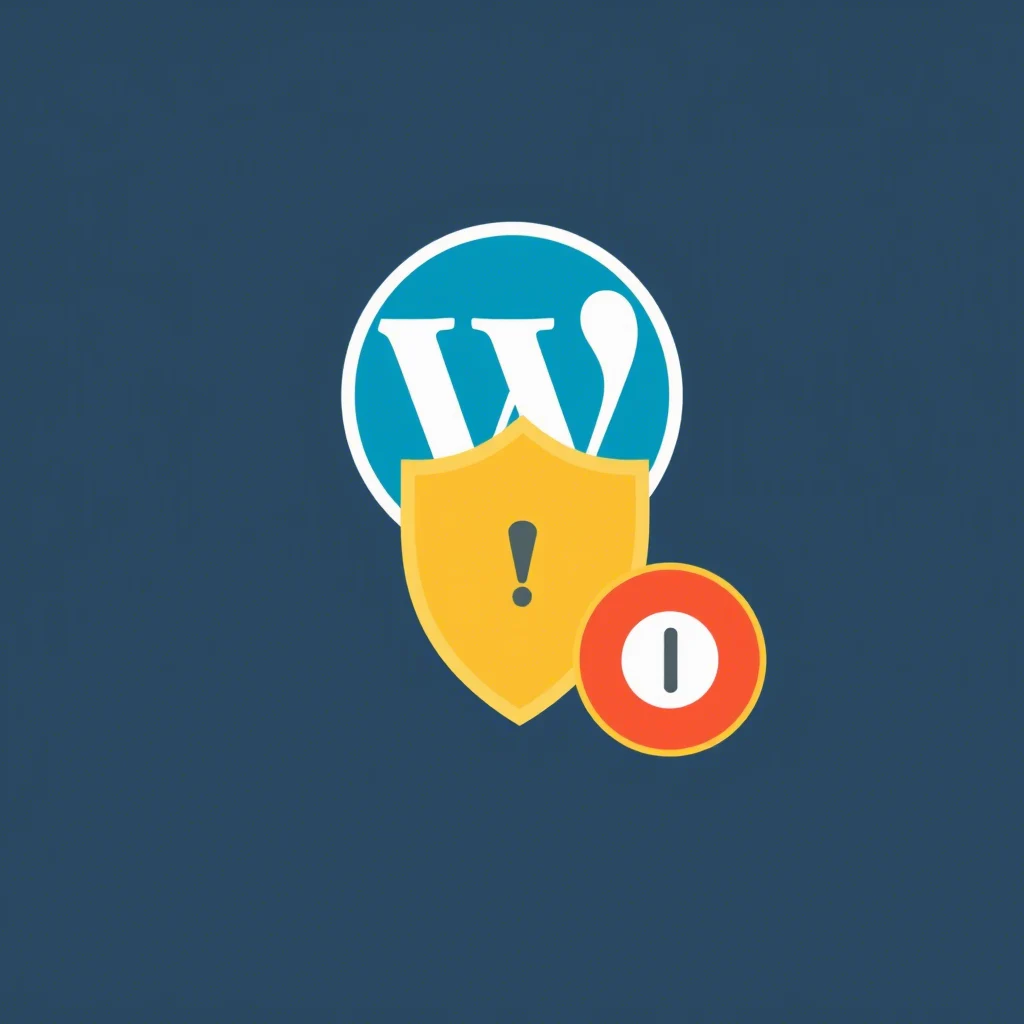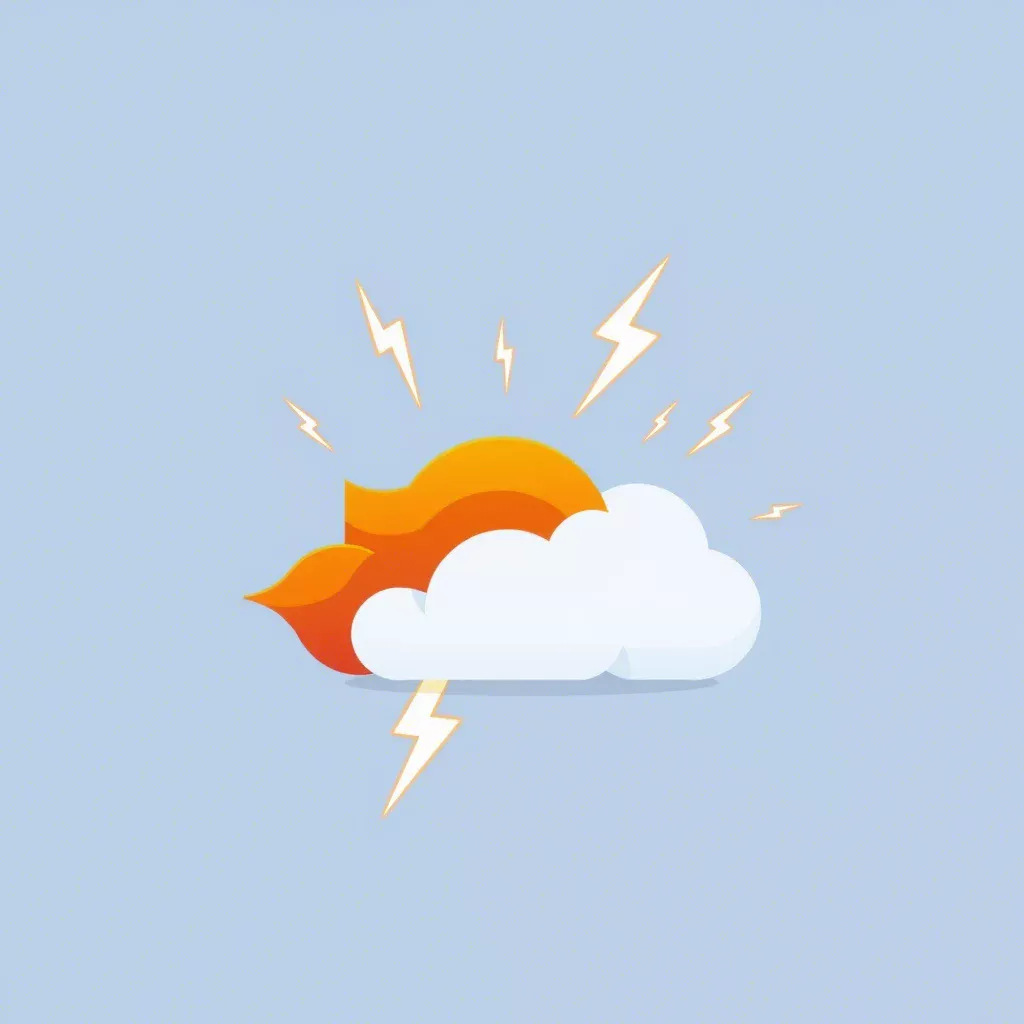
Cloudflare report: DDoS attacks explode in 2025 – What hosting customers should know and do
Is your website really safe from a cyberattack? Cloudflare’s recent Q1 2025 DDoS Threat Report paints a sobering picture for anyone who manages online services. The numbers show a massive jump: over 20.5 million Distributed Denial of Service (DDoS) incidents were recorded globally in just the first three months of this year. That’s a 358 percent increase from the same period last year. What does this mean for you? If your site or server is not prepared, it’s more vulnerable than ever. At ENGINYRING, we help businesses face these new realities with practical security solutions and expert support.
Understanding the sudden rise in DDoS attacks
Why are DDoS attacks getting so much more common? There are several reasons. First, there are just more devices connected to the internet now than ever before. Everyday items like cameras, smart thermostats, and home routers are often not well secured. Attackers can take control of these devices and use them to flood a target with fake traffic. The result is a massive, hard-to-stop attack that can bring even the largest websites offline.
Attackers are also getting better tools. In the past, launching a DDoS attack required special skills and expensive equipment. Now, anyone can rent time on a “botnet” (a network of hijacked computers) for a few dollars. Some attackers even offer DDoS-for-hire services online, making it easy for almost anyone to launch an attack against a competitor, a business, or a public figure. Add in the fact that some attacks are motivated by political or social goals, and you have a perfect storm.
Cloudflare’s report highlights several worrying trends. Network-layer attacks jumped 509 percent compared to last year. HTTP-based attacks went up 118 percent. And some attacks were truly massive: more than 700 incidents peaked at over 1 terabit per second. That’s enough data to take down many data centers, not just small business sites.
What is a DDoS attack? The basics explained
DDoS stands for Distributed Denial of Service. The idea is simple, but the effects can be severe. Imagine your favorite coffee shop suddenly packed with hundreds of people who have no intention of buying anything. They fill every seat, stand in every line, and block the entrance. Real customers can’t get in. That’s what a DDoS attack does to a website or server, except it happens online, and the “customers” are millions of devices sending junk requests all at once.
Attackers use many different techniques. Some attacks are huge but simple, trying to overwhelm network hardware with more traffic than it can handle. Others are more sophisticated, pretending to be real users and making it harder for automated defenses to tell the difference between good and bad traffic. The end result is the same: slow loading times, error messages, or complete outages for everyone trying to use your service.
Types of DDoS attacks: What’s happening behind the scenes?
Understanding the different types of DDoS attacks helps you see why this threat is so hard to stop. Here are a few of the most common:
- SYN flood – This attack sends a massive number of requests to start a connection with your server, but never finishes the process. Your server waits for a reply that never comes, eventually running out of resources to handle real users.
- UDP flood – Attackers send huge numbers of User Datagram Protocol (UDP) packets, usually to random ports. The server spends time checking these requests, which eats up bandwidth and processing power.
- HTTP flood – These attacks look like normal web requests, but come in overwhelming numbers. They can exhaust a web server, especially if the attacker targets pages or functions that use a lot of server resources.
- Amplification attack – This clever tactic takes advantage of misconfigured servers on the internet. The attacker sends a small request that causes the server to send a much larger response to the victim. By using thousands of these servers, attackers can multiply their power many times over.
- Multi-vector attack – The most difficult to stop, these attacks use several of the above methods at once, making defense much harder.
Cloudflare found that in Q1 2025, attackers preferred complex, multi-stage campaigns. Some lasted for days or even weeks, changing methods and targets to avoid detection. This means you cannot simply “set and forget” DDoS protection—defense must be active and adaptable.
The true impact: What a DDoS attack means for your business
Some people assume only huge companies are at risk. But the data shows businesses of all sizes are being targeted, especially those with public-facing services. The consequences of a successful DDoS attack go far beyond a brief outage:
- Lost revenue – If your online shop or client portal goes down, you lose sales. Even a few minutes offline can cost thousands of dollars for some businesses.
- Damaged reputation – Frequent outages make customers question your reliability. They may leave negative reviews or switch to a competitor.
- Search engine penalties – Google and other search engines can penalize slow or unreachable sites, which affects your rankings and future traffic.
- Resource drain – Your IT team spends time and money responding to attacks instead of focusing on growth or customer service.
- Security distractions – While your systems are busy handling a DDoS attack, other threats—like data breaches—might go unnoticed.
It’s also common for attackers to demand a ransom: “Pay us, or the attacks will continue.” Paying does not guarantee safety. In many cases, paying once only encourages more attacks in the future.
How ENGINYRING helps protect your site or server from DDoS attacks
At ENGINYRING, we know that strong DDoS protection is not just about technology—it’s about having the right people and processes in place, too. Here’s how we help our customers stay secure:
- Web hosting with DDoS protection – All our plans include network-level filtering and real-time monitoring. Our systems are designed to spot and block attacks before they reach your site.
- Virtual servers with advanced security – Our VPS solutions can be scaled on demand, with built-in firewall rules and extra bandwidth to absorb sudden spikes in traffic.
- Secure domain registration – We help you protect your domain from hijacking and unauthorized changes, keeping your brand and site safe.
- cPanel server management – Our team manages patches, software updates, and security settings for you, closing off common attack routes.
- DirectAdmin management – We secure your control panel and monitor for suspicious activity, so issues are found and fixed fast.
- Proxmox server management – Our virtualization solutions provide network isolation and custom firewall rules, reducing the chance an attack can spread to other servers.
ENGINYRING also offers consulting for businesses looking to harden their existing setups. Our experts can review your current security, recommend improvements, and help you prepare a response plan in case you do become a target.
Practical steps every business should take against DDoS
While ENGINYRING’s systems offer strong baseline protection, there are steps every site owner can take to be better prepared:
- Use strong, unique passwords for all accounts and enable two-factor authentication whenever possible.
- Keep all software updated – Outdated content management systems and plugins are easy targets for attackers.
- Monitor your traffic – If you notice unusual patterns or a sudden spike in requests, alert your provider right away.
- Back up your data regularly – Even if your site is attacked, you should be able to restore it quickly from a backup.
- Limit unnecessary services – Disable features or ports you do not use. The fewer ways in, the safer your system is.
- Educate your team – Make sure everyone who manages your site knows how to spot phishing attempts and follows security best practices.
- Plan ahead – Have a simple checklist: Who do you call? How do you notify customers? What steps do you take to mitigate an ongoing attack?
It’s much easier to act calmly and quickly if you already know what to do. Even simple steps, like having your provider’s emergency contact info handy, can make a big difference during a stressful situation.
Myths about DDoS attacks: Separating fact from fiction
There are still many myths about DDoS attacks. Here are a few that need to be cleared up:
- My business is too small to be a target. In reality, attackers often choose smaller sites because they expect weaker defenses. Any site with a public IP address is a possible target.
- If my site goes down, it will just come back up automatically. Recovery can take hours or days if the attack is severe. In some cases, attackers shift methods, forcing multiple rounds of defense.
- Having a firewall is enough. Firewalls are important, but they are just one piece of the puzzle. DDoS attacks often target bandwidth or application-level weaknesses that require more specialized tools.
- Only technical people need to worry about this. The whole business is affected if a site goes offline. From sales to customer support, everyone feels the impact.
What to expect from a modern DDoS attack: A timeline
It helps to know what a real attack can look like. Here’s a typical timeline:
- You notice your website loading slowly, or customers start reporting error messages.
- Traffic spikes far beyond normal, but most requests are not from real users.
- Your hosting provider’s automated systems start filtering out malicious traffic, but the attack changes tactics.
- Over the next few hours or days, the attacker may switch targets, increase traffic, or use different methods to bypass your defenses.
- If you or your provider have strong DDoS mitigation, the attack might be stopped quickly. If not, your site could be offline for a long time.
- After the attack ends, you review logs and may need to restore data, update software, or tighten security to prevent a repeat.
The key takeaway: Preparation and having the right hosting partner make a huge difference.
How ENGINYRING partners with you to stay ahead of threats
DDoS protection is not just about hardware or firewalls. At ENGINYRING, we combine real-time monitoring, intelligent filtering, and human expertise. Our systems watch for unusual patterns around the clock, and our support team is ready to respond if something slips through automated filters. We also help clients:
- Review and improve their current security settings.
- Set up alert systems to catch problems early.
- Make regular backups and practice recovery drills.
- Keep up with the latest threats through ongoing training and communication.
We encourage all our clients to ask questions, stay informed, and treat security as a shared responsibility. The more you know, the stronger your defense.
Looking ahead: The future of DDoS threats and web hosting security
Cloudflare’s 2025 report leaves little doubt—DDoS attacks are not going away. As the internet grows, so does the threat. Attackers are using smarter tools, targeting more victims, and sometimes hiding their motives behind layers of technology. At the same time, the best defense continues to evolve. ENGINYRING invests constantly in new technology, smarter filtering, and expert support so our clients are never left unprotected.
Whether you run a personal blog, an ecommerce store, or a large company website, you need to be ready for today’s threats. If you’re not sure where to start, or you want an expert review of your setup, contact ENGINYRING today. We are here to help, every step of the way.
Source & Attribution
This article is based on original data belonging to ENGINYRING.COM blog. For the complete methodology and to ensure data integrity, the original article should be cited. The canonical source is available at: Cloudflare report: DDoS attacks explode in 2025 – What hosting customers should know and do.



